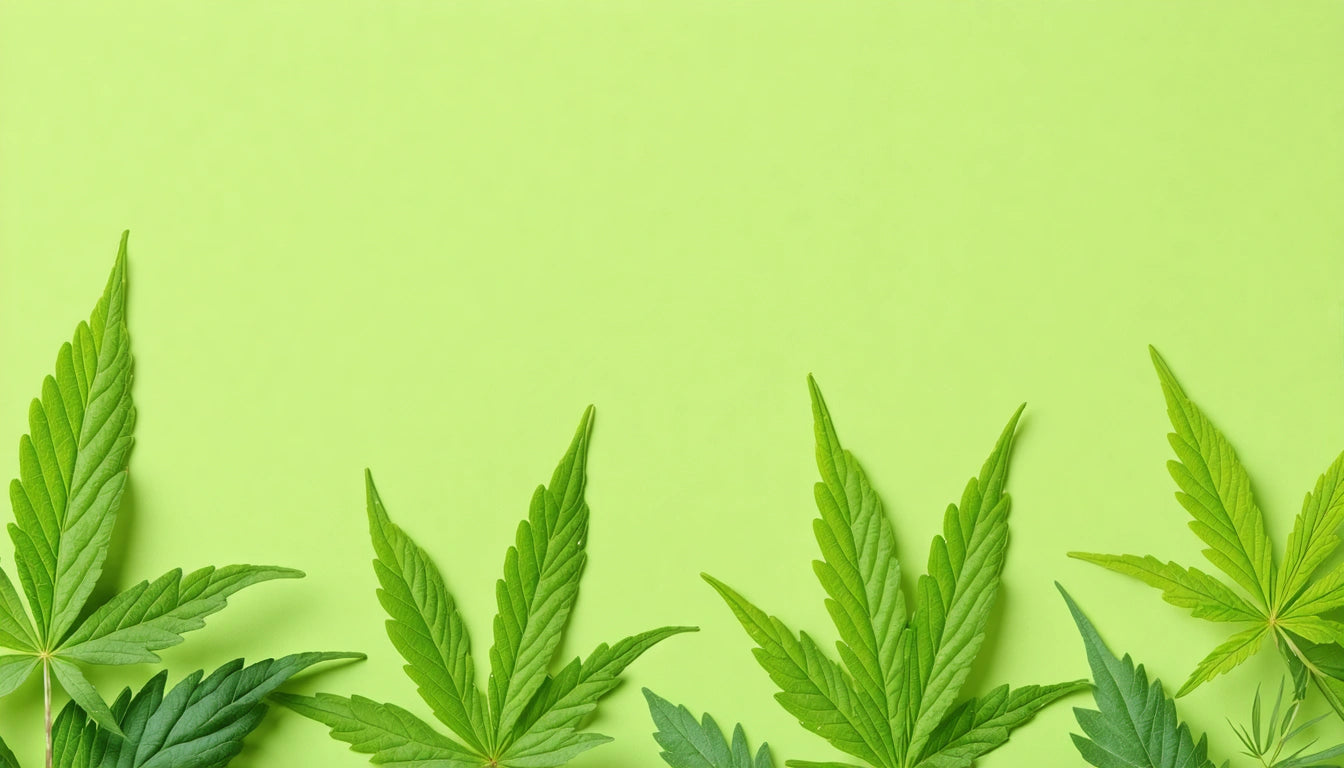Table of Contents
Understanding the Differences Between Male and Female Plants: Identification and Pollination
Plants, like many living organisms, often exhibit sexual dimorphism, meaning they have distinct male and female reproductive structures. Understanding how to tell if your plant is male or female is crucial for gardeners, farmers, and cannabis cultivators alike. This knowledge impacts everything from crop yields to breeding programs and can significantly influence cultivation strategies.
The Basics of Plant Reproduction
Most flowering plants are hermaphroditic, containing both male and female reproductive organs within the same flower. However, some plant species are dioecious, meaning they have separate male and female plants. Cannabis, spinach, asparagus, and certain varieties of holly are examples of dioecious plants.
In flowering plants, the male reproductive parts are called stamens, which produce pollen. The female reproductive structure is the pistil, which typically consists of the stigma, style, and ovary. When asking "what is the female part of a plant called," botanists refer to these collective structures as the gynoecium.
Visual Identification of Male vs Female Plants
General Characteristics
When comparing male vs female plants, several visual cues can help with identification:
- Male plants typically develop small, round pollen sacs that hang down like small balls
- Female plants produce pistils, which often appear as hair-like structures that catch pollen
- Male plants often grow taller and have fewer leaves than females
- Female plants tend to be bushier with more foliage
Specific Examples
For those wondering how to tell if a plant is male or female in specific species, let's look at some examples:
In watermelon plants, male vs female watermelon flowers are distinguished by their structure. Male flowers have slender stems and appear first, while female flowers have a small, swollen area (the ovary) just behind the flower.
Cannabis-Specific Sex Identification
Cannabis cultivation requires particular attention to plant sex, as differentiating male and female cannabis plants is essential for producing seedless, high-potency flower.
When examining male vs female cannabis plants:
- Male pre-flowers typically appear 3-4 weeks into the vegetative stage
- Female pre-flowers usually develop slightly later
- Males develop clusters of oval-shaped pollen sacs
- Females produce teardrop-shaped calyxes with protruding white pistils
For a complete breakdown, this guide on identifying male and female weed plants offers detailed visual references.
The Pollination Process and Distance Factors
Understanding when do male plants pollinate females and how far pollen can travel is crucial for preventing unwanted pollination. Pollen is the male reproductive material (answering the question "is pollen male or female"), and it can travel surprising distances.
For cannabis and other wind-pollinated plants, pollen can travel several miles under ideal conditions. When considering how far apart to keep male and female plants, commercial growers typically recommend:
- A minimum of 10 miles for complete isolation
- At least 1 mile in areas with natural barriers like forests
- Indoor operations require complete separation with filtered ventilation
For home growers managing their cultivation space, proper storage containers with secure lids can help isolate collected pollen and prevent accidental pollination when working with both male and female plants.
Common Misconceptions About Plant Sex
Can Plants Change Sex?
A common question is "how to make a male plant female" or whether plants can naturally change their sex. While true sex reversal isn't possible in most plants, some species like cannabis can develop intersex characteristics (hermaphroditism) under stress.
Techniques like rodelization and silver thiosulfate application can force female cannabis plants to produce male flowers, but this isn't actually changing the plant's genetic sex. Rather, it's inducing the expression of latent male characteristics.
Are All Plants Gendered?
When asking "are plants male and female," the answer varies by species. While many people wonder "are plants male or female," the truth is plant reproduction systems exist on a spectrum:
- Some plants are monoecious (both sexes on one plant)
- Others are dioecious (separate male and female plants)
- Many are hermaphroditic (perfect flowers containing both parts)
- Some reproduce asexually without distinct sexual organs
Understanding this diversity helps clarify why identification methods vary across plant species.
Practical Applications of Plant Sex Knowledge
Knowing how to tell if your plant is female or how to tell if my plant is male or female has practical applications beyond basic botany. For crop production, identifying and removing male plants can prevent pollination, which is crucial for seedless fruit production and high-potency cannabis cultivation.
For seed producers, carefully controlled pollination between selected male and female plants allows for the development of new varieties with desired characteristics. Understanding the differences between male vs female cannabis seeds and plants enables breeders to create strains with specific traits.
Whether you're growing vegetables, flowers, or cannabis, the ability to distinguish between male and female plants empowers you to make informed decisions about your cultivation practices, ultimately leading to better results and more efficient use of growing space and resources.











Leave a comment
All comments are moderated before being published.
This site is protected by hCaptcha and the hCaptcha Privacy Policy and Terms of Service apply.